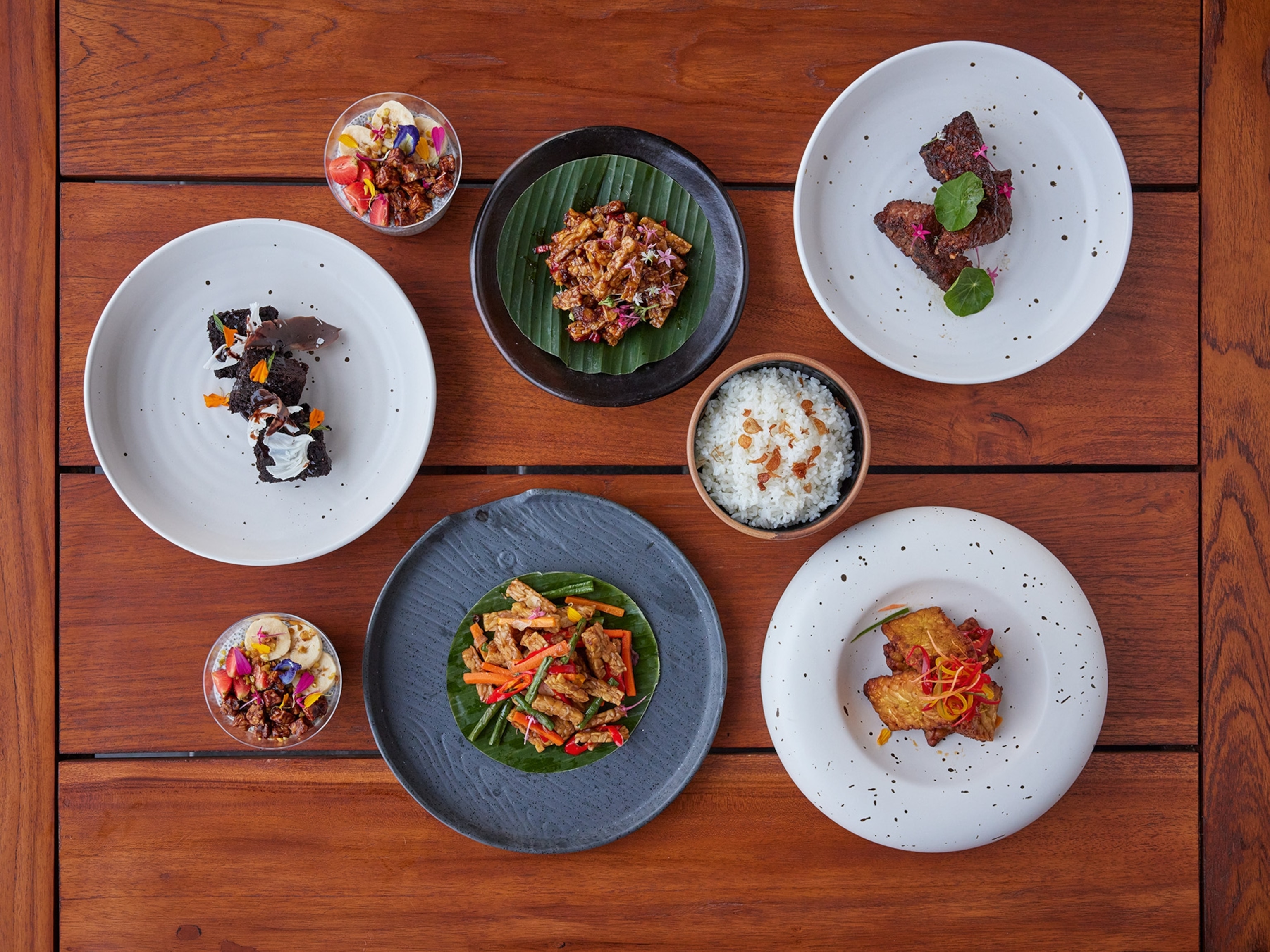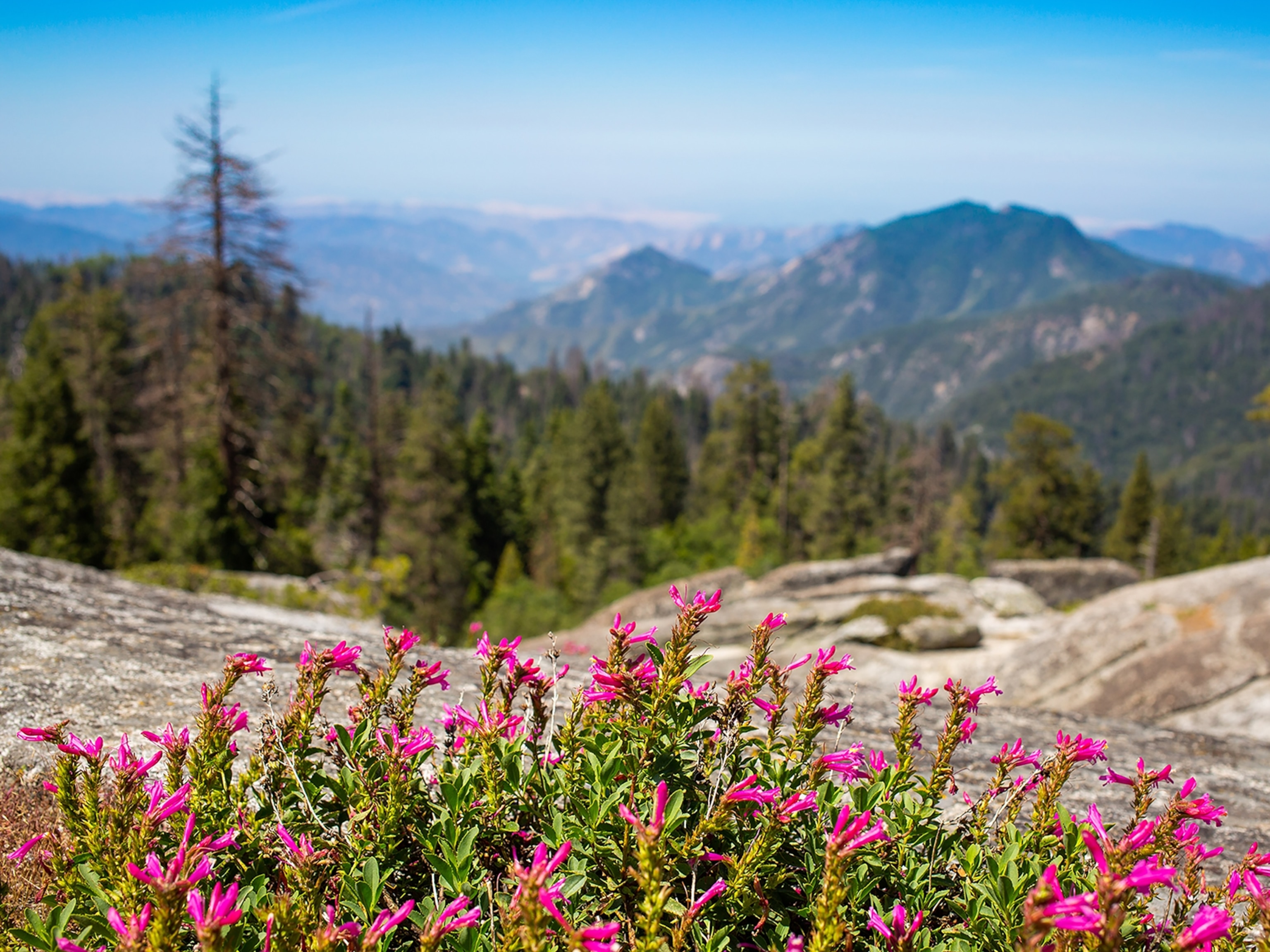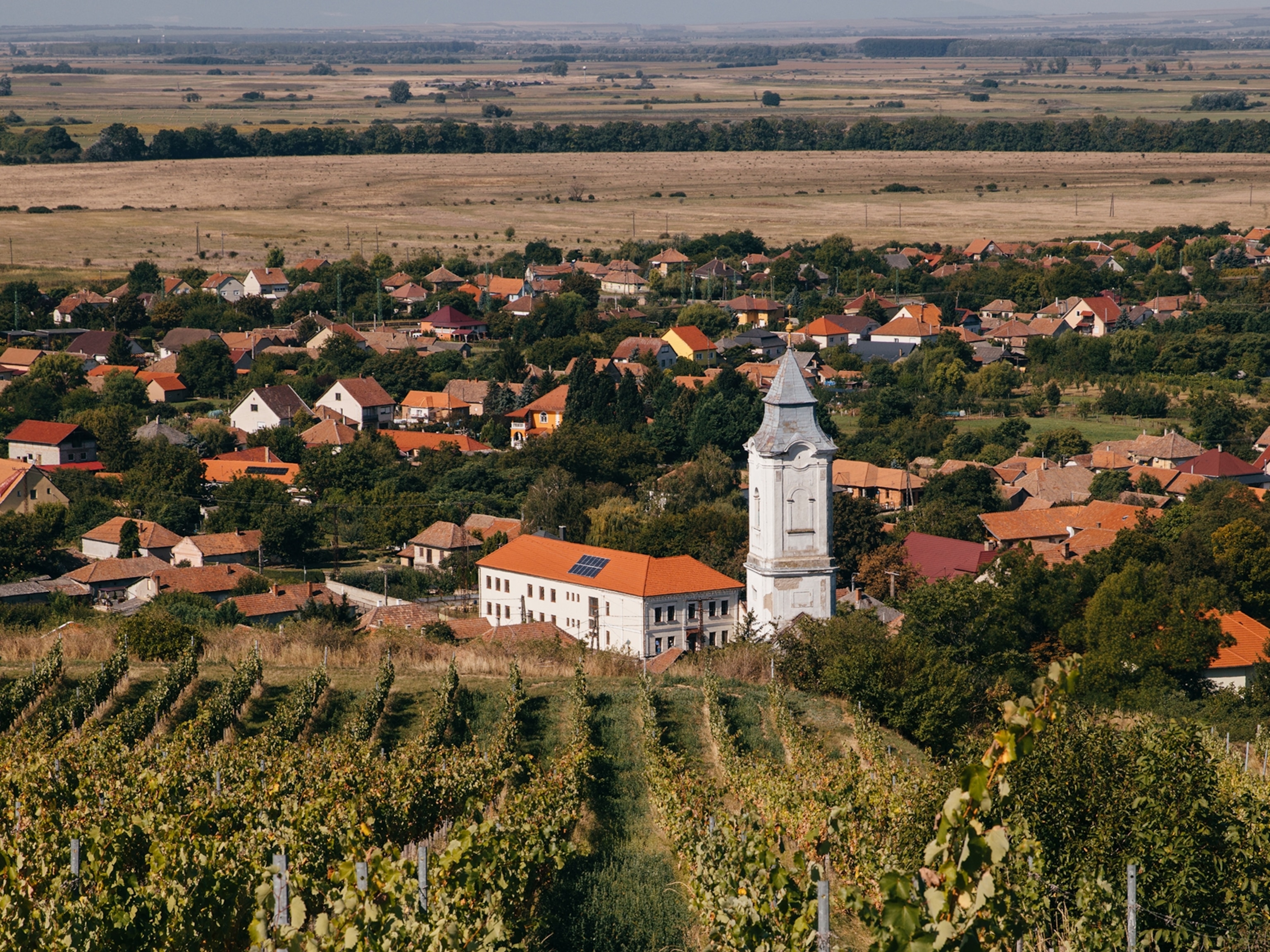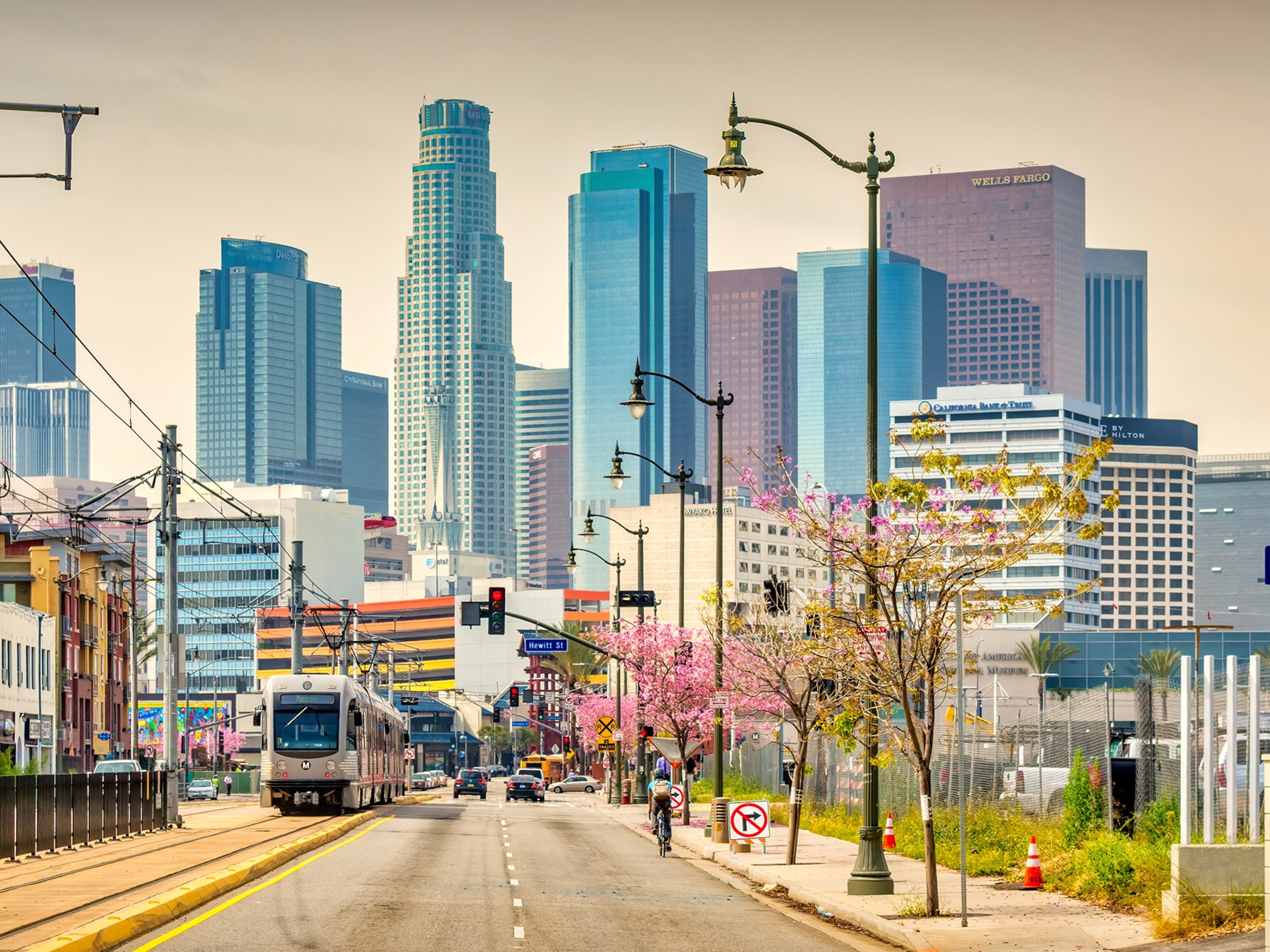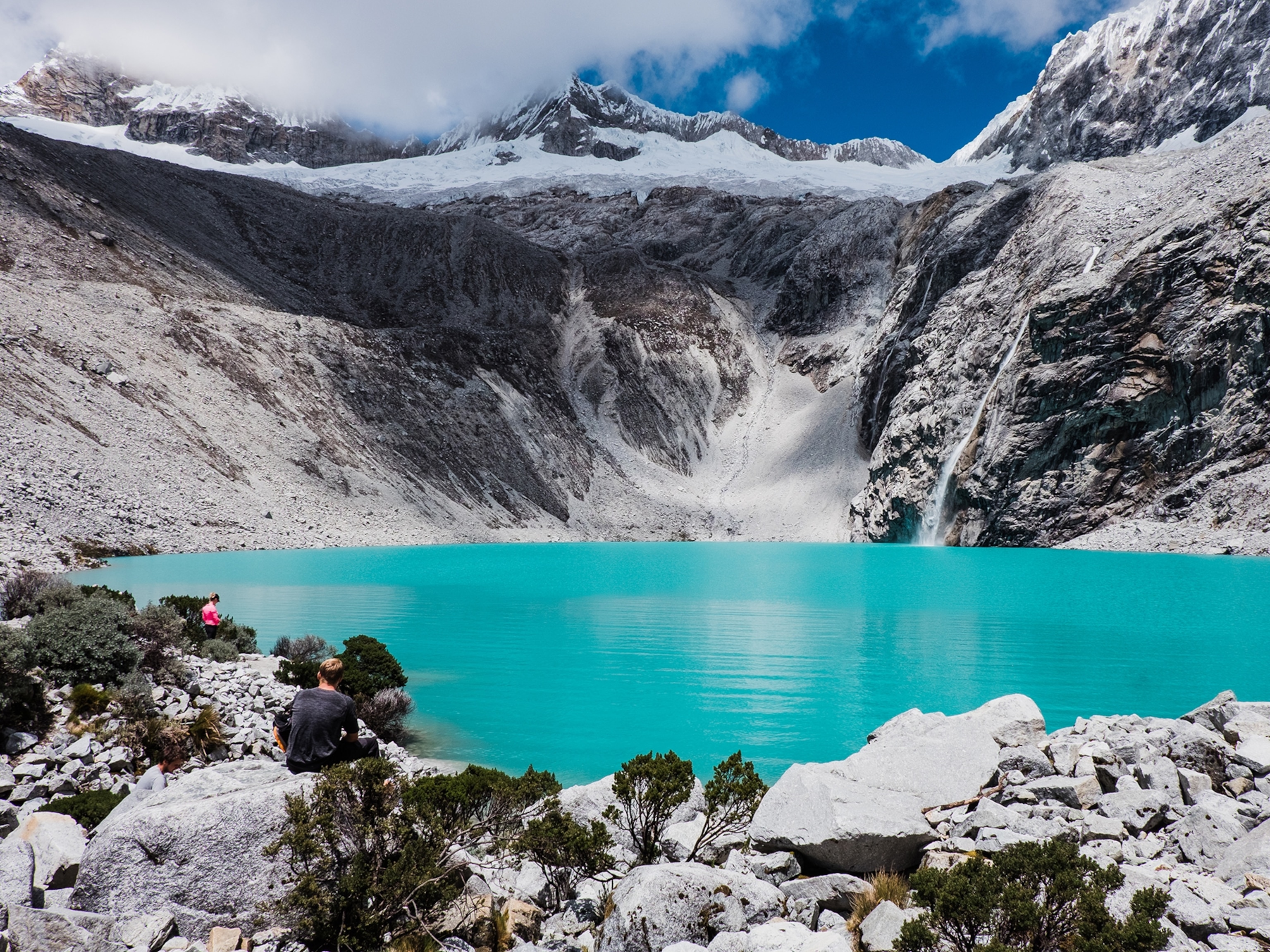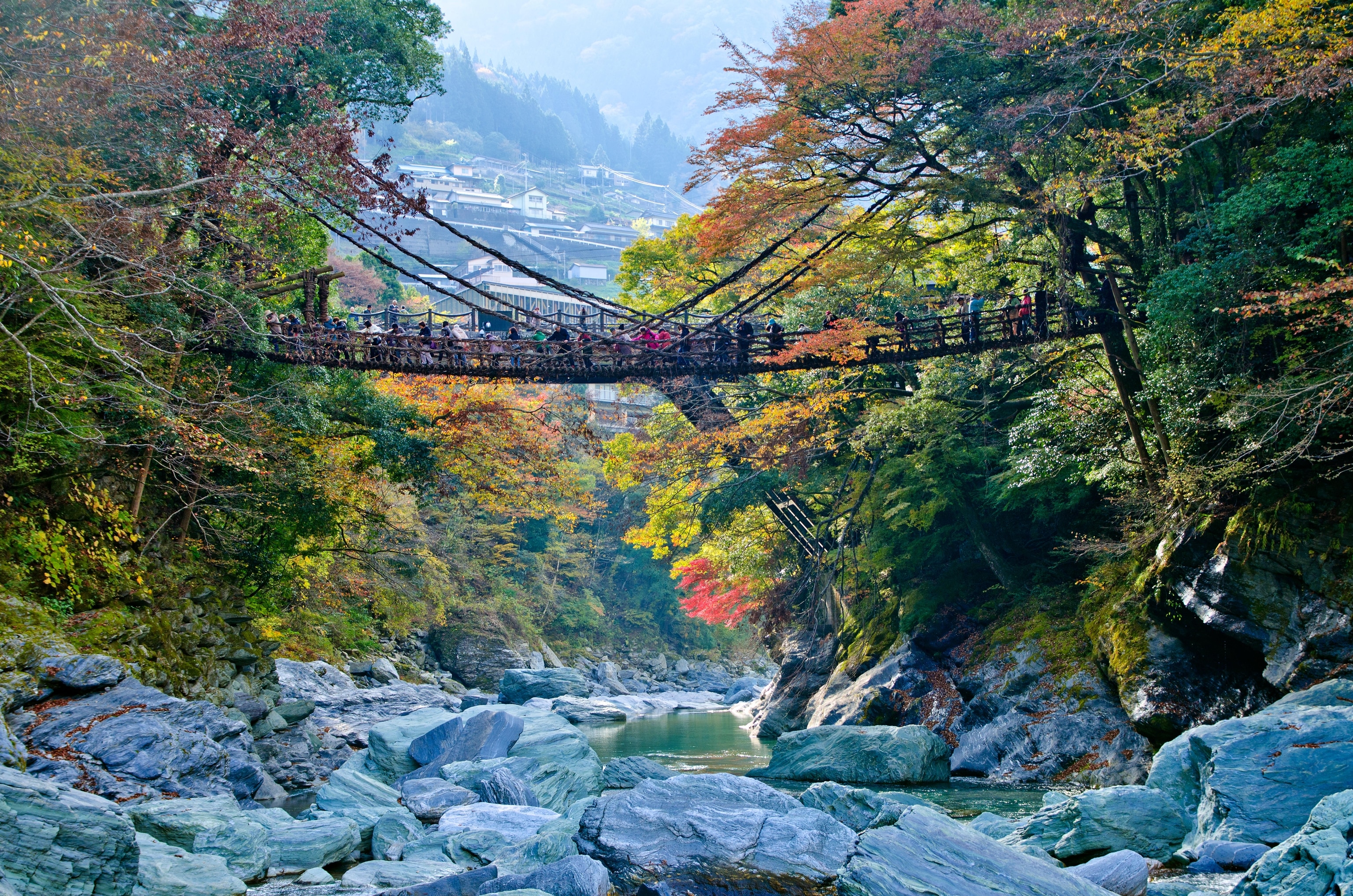
Discover the hidden vine bridges of Shikoku island, Japan
The rural valley of Iya, on the wild island of Shikoku, is a geographical time capsule of ancient myths and culture. So, it seems fitting Iya’s main attraction is the region’s extraordinary bridges made of vine.
It’s said at the end of the Genpei War in 1185, the defeated Heike samurai fled south across Japan, the emperor’s soldiers hot on their heels. The clan sought to put as much distance and difficulty between them and certain death — and the wild island of Shikoku seemed an ideal place for exile and escape. Here, they found challenging mountains and steep, sinuous gorges, which they navigated by building 13 vine bridges. These gnarled, twisted crossings formed both infrastructure and strategy; if their enemies came, the bridges could be felled with one quick swoop of a sharp katana sword.
Part myth, part history, no one knows just how true the tale is. What’s certain is three ancient suspension bridges still stand in Iya. Though regularly reinforced and replaced, their vine tendrils creep out from Shikoku’s dense dark forest, stretching over the region’s precipitous ravines and tumbling rivers.
Today, Iya remains the perfect place for escape: it’s one of Japan’s unexplored frontiers and the ideal antidote to its busy, honeypot cities. Little about Iya’s terrain has changed since Heike times, but now its impassable canyons and indomitable mountains have turned from drawback to backdrop, and the area offers exceptional views, stunning hikes and a singular culture.
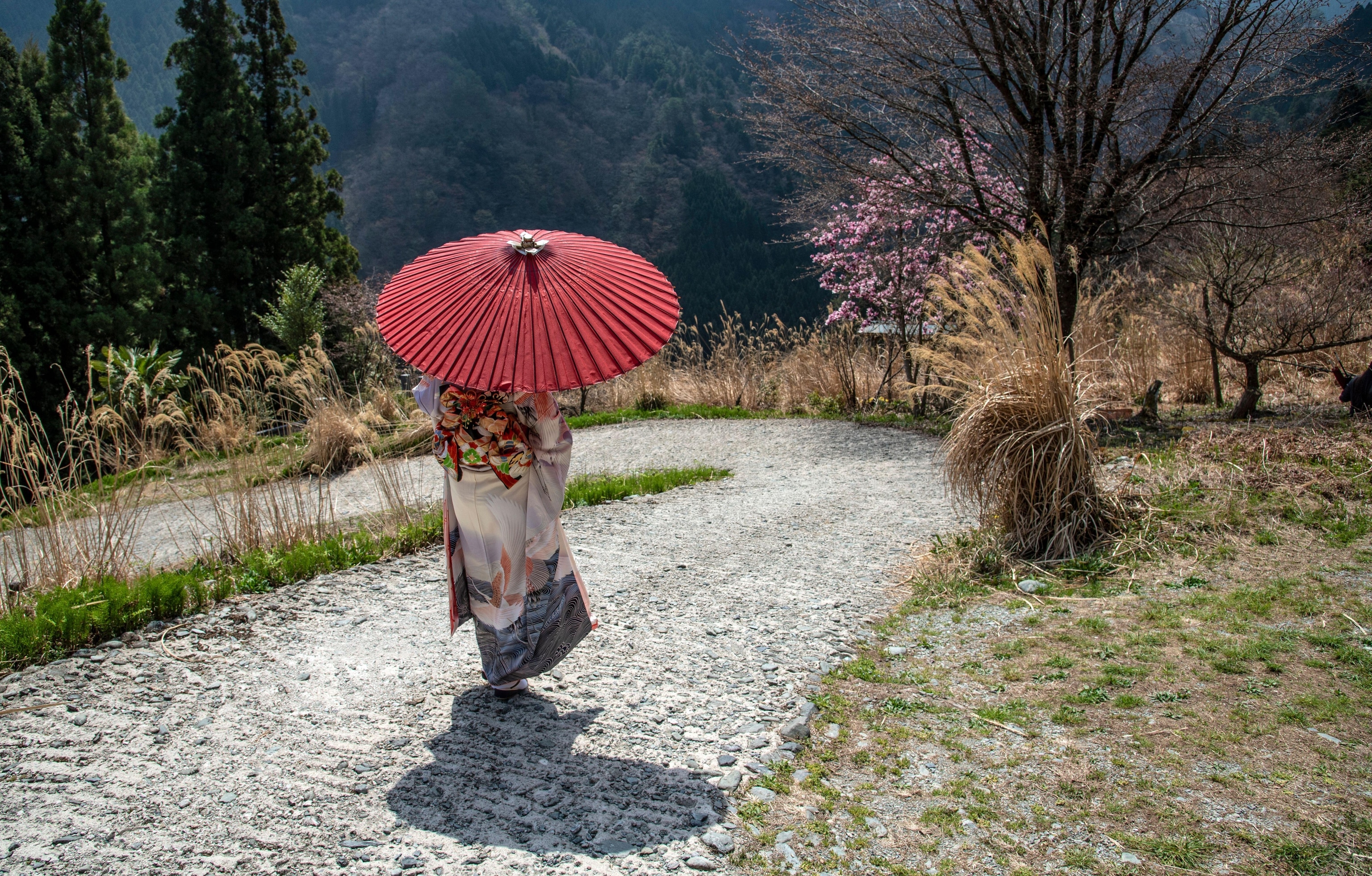
Iya-Kazurabashi
The region is divided in two: Nishi-Iya (west) and Oku-Iya (central, also known as Higashi-Iya). Nishi-Iya is home to the Iya-Kazurabashi — literally meaning ‘Iya’s vine bridge’ — the most easily accessible of the bridges. Buses from both stations go to the bridge, which has a smattering of shops and restaurants within walking distance. Kazurabashi is only just off the road but still holds an element of untamed nature, suddenly emerging from seemingly impenetrable emerald hills. Crossing Kazurabashi, you’ll feel the gentle swing of the suspension bridge and hear its creak — another possible Heike tactic to warn of approaching enemies.
Oku-Iya
Iya’s other two bridges present more of a challenge. Far lesser-visited Oku-Iya is the valley’s untamed heart. Accessed by a seasonal and weather-dependent road built only in the mid-20th century, Oku-Iya requires a rental car or tour. This road winds its way through the vibrant valley and past sleepy, mountainside hamlets to the double vine bridges, which are said to symbolise a husband and wife. Similarly made of rough slats and intricately twisted branches, seeing these two feels like finding hidden treasures. Leaving the small car park, the trail takes you deep into the forest along the Iya River’s silver-grey banks. It’s only a short walk to the parallel bridges but the enveloping trees transport you far from the weathered tarmac. The vine bridges are one of the finest ways to become immersed in Iya, their isolation and innovation representative of the region as a whole.

More to discover in Japan’s hidden valley
1. Ochiai Village
Villagers go about their day just as they did hundreds of years ago, and continue to pick tea and make noodles the old fashioned way.
2. Nagoro Scarecrow Village
Nagoro village’s declining population has been replaced with life-size dolls, made by one of the area’s inhabitants.
3. Mount Tsurugi
Iya’s highest mountain leads up to a wide summit with brilliant views. The two-hour hike is relatively easy — especially if you use the scenic cable car.
Kansai International Airport is the closest international airport to Iya Valley, with regular flights from the UK. Visit nishi-awa.jp/english
